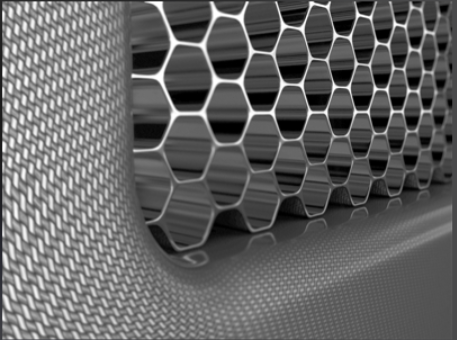Graphene as a High-Performance Lubricant Additive: Friction Reduction for the Future
Friction and wear are two of the most costly enemies in mechanical systems. Whether in heavy-duty industrial machinery or high-performance automotive engines, inefficiencies caused by contact surfaces can lead to energy loss, heat generation, and component failure. Graphene, with its unique lamellar structure and exceptional mechanical and thermal properties, is proving to be a game-changer as a lubricant additive.

🔹 1. The Challenge of Traditional Lubricants
Conventional lubricants (mineral oils, synthetic oils, greases):
-
Rely on additives like molybdenum disulfide (MoS₂), ZDDP, or graphite
-
Have limited performance at high temperatures or under extreme pressure
-
Often result in chemical instability or environmental concerns
There’s a need for:
-
Long-lasting anti-wear performance
-
Low-friction coatings
-
Eco-friendly additive solutions
🔹 2. Why Graphene Works as a Lubricant Additive
Graphene possesses:
-
Two-dimensional sheet structure → easy shear between layers
-
High mechanical strength → protects surfaces from abrasion
-
Thermal conductivity → dissipates frictional heat
-
Chemical inertness → stable under various environments
Even at concentrations of <1 wt%, graphene improves both friction and wear performance significantly.
🔹 3. Types of Graphene-Based Lubricants
a. Graphene in Engine Oils
-
Enhanced viscosity index
-
Reduced friction coefficient (~20–40%)
-
Lower wear scar diameter in pin-on-disc tests
-
Compatible with synthetic and mineral oils
b. Graphene Greases
-
Ideal for high-load, low-speed applications
-
Improve pressure resistance
-
Prevent thermal breakdown at 200–300°C+
c. Water-Based Graphene Lubricants
-
Emerging for sustainable, clean tribological systems
-
Used in microelectromechanical systems (MEMS), biomedical tools
🔹 4. Tribological Performance: Real-World Data
| Additive Type | Friction Reduction | Wear Reduction | Thermal Stability |
|---|---|---|---|
| Graphene Oxide (GO) | ~25–30% | ~35% | Moderate |
| Reduced Graphene Oxide | ~40% | ~50% | High |
| Few-layer Graphene | Up to 60% | Up to 70% | Very High |
These values vary based on:
-
Flake size
-
Dispersion stability
-
Base oil compatibility
-
Functionalization (e.g., sulfonated, amine-coated)
🔹 5. Key Applications
-
Automotive: Engine oils, gear oils, brake systems
-
Aerospace: High-vacuum, temperature-critical bearings
-
Industrial: CNC machines, compressors, robotic joints
-
Consumer: Bicycle chains, home appliances
🔹 6. Commercial Development
-
Applied Graphene Materials (UK): Graphene-based friction modifiers
-
Nanolubricants Inc.: Full-range graphene tribological fluids
-
Lube-Tech Asia: Testing hybrid graphene + MoS₂ lubricants
R&D trends:
-
Functionalized graphene dispersions for better solubility
-
Combining with other nano-additives (BN, TiO₂)
-
Environmentally compliant tribo-systems
Graphene is not just a scientific curiosity—it’s entering workshops, engines, and industrial systems around the world. Its role as a high-performance lubricant additive promises to reshape the tribology industry, delivering longer-lasting, more efficient, and greener mechanical solutions.

